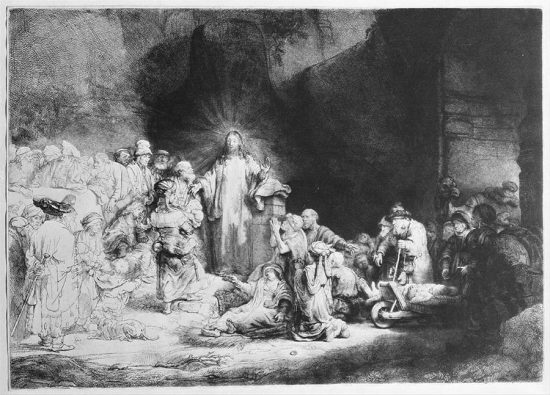Private art collectors pose an interesting issue for matters of national heritage as they are granted rights that other businesses and institutions do not hold. As two Rembrandt portraits make their way from France to the United States, there is quite the uproar over the Ministry of Culture and the Louvre for failing to declare the portraits as National Heritage.

These two portraits by Rembrandt are of 21-year-old Maerten Soolmans and his 23-year-old fiancé Oopjen Coppit, the daughter of an Amsterdam nobleman. Painted just before their wedding in 1634, the young couple paid only 500 guilders.
They were bought in 1877 by Baron Gustave de Rothschild and exhibited for a short period of time in 1956 in the Rijksmuseum in Amsterdam and Boijmans Van Beuningen in Rotterdam.
The Rothschild family has kept the Rembrandt for decades and has now decided to move them with many speculating the reason is in order to sell, as they are worth a reported $162 million. This upsets many in the international community because if they do sell, many feel the family should have worked with the Ministry of Culture and the Louvre on a figure to purchase them, as they were interested in owning the works. However with their cash-strapped resources there was no way France would have been able to come up with the amount needed in the allocated 30 month holding period. Thus they had to let the works leave, which now brings more attention to the works. Whether that will be postive or negative further down the road remains to be seen, but the controversy surrounding the decision, and the Rothschild’s family interesting move will certainly be discussed further and watched.


